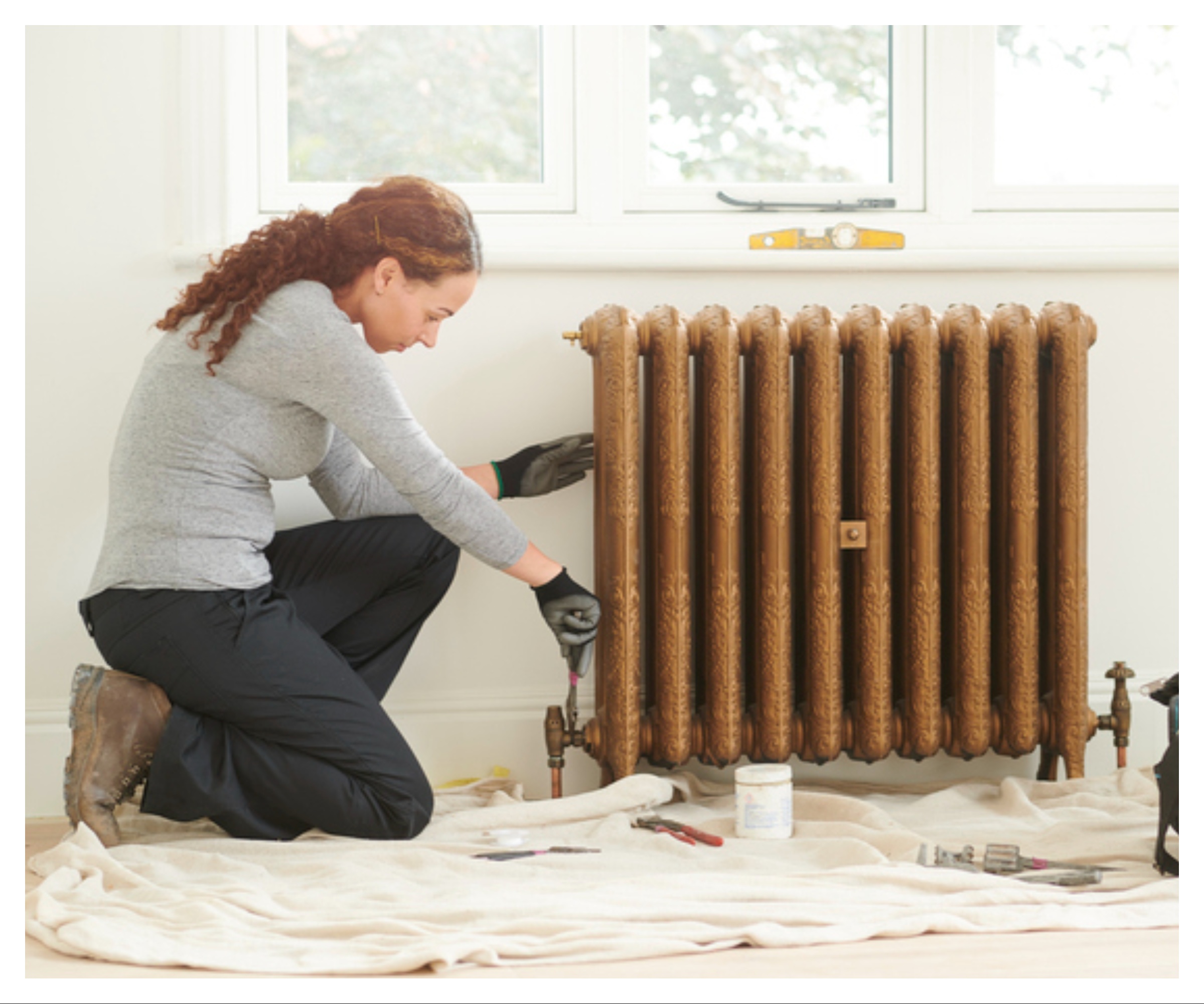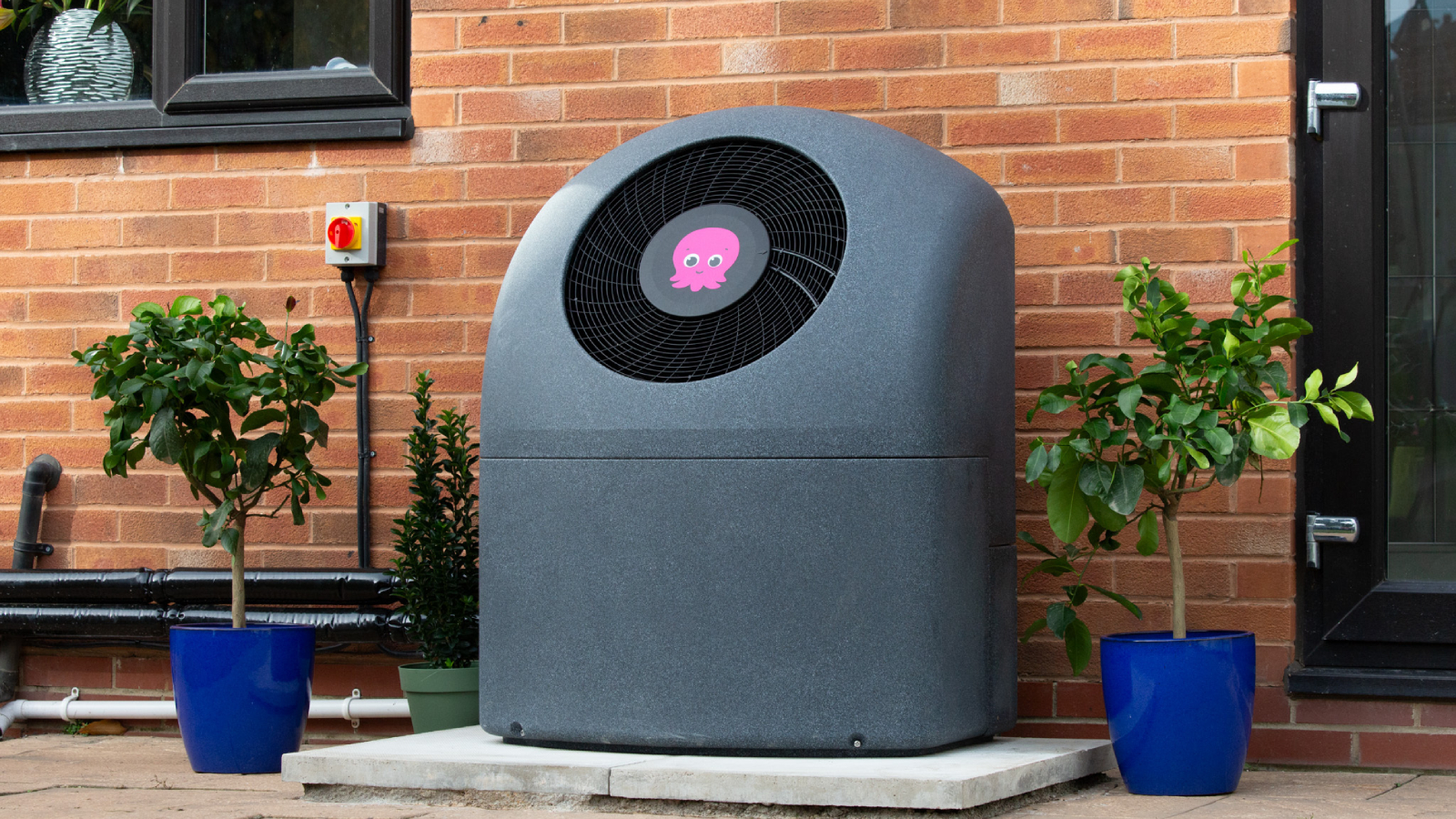Although the best way of running an air source heat pump is to run it at the lowest temperature possible, high temperature heat pumps are now more widely available and can be considered a good option for older homes where lower temperatures might not suffice.
But, do the extra running costs that come with higher temperatures offset the energy efficiency advantages, or are they still worth considering?
Energy expert, David Hilton explores why the higher flow temperature isn’t always an issue and how to make sure you still gain maximum efficiency and energy savings from this type of heating system.
How high temperature heat pumps work
Since the introduction of R290 as the most common choice of refrigerant for heat pumps, propane (R290), due to the nature of what it is, can be compressed to higher temperatures than some of the gasses that have previously been used in air source heat pumps.
Temperatures of up to 75°C are quite possible, whereas previously heat pumps were often limited to 55°C, meaning homeowners had to weigh up the differences between low vs medium vs high temperature heat pumps.
Modern air source heat pumps however now use variable speed compressors, that facilitate modulating power outputs to match the homes heat demand. And, while the Microgeneration Certification Scheme (MCS) – which sets the standards for heat pump installations – previously limited the flow temperature to a maximum of 55°C to meet efficiency requirements, now that modern heat pumps can produce higher temperatures and still meet the minimum efficiency, we can subsequently bring higher temperatures into the home.
But, just because a high temperature heat pump can produce high temperatures, does this mean it should, and how often are you likely to need them?
Benefits of a high temperature output
Although in a new-build, well insulated, energy efficient home you are unlikely to need high temperatures from your heat pump, it’s not the same in older homes where an air source heat pump might be considered as a replacement for a boiler powered by gas or fossil fuels, and can lead people to question are heat pumps suitable for old homes?
A central heating system was typically designed for a boiler led system with high temperatures. That means that your radiators and pipework were specified for rapid heating of the room – hotter temperatures mean that the heat transfers to the room quicker.
However, when you design a heat pump heating system, it is an MCS requirement that a room-by-room heat loss calculation is carried out.This is in order to determine the amount of heat that the room requires in a specific area, and at a specific design temperature.
For example, if you live in Plymouth then the design temperature is -1.2C but in Edinburgh (because it gets a bit colder there) the design temperature is -3.4C. The heat pump must then be specified to deliver the required amount of heat to the home, at that particular temperature.
In all cases, the best and most efficient design for a heat pump system is to run the heat pump at the lowest temperature possible while still delivering the right amount of heat to the home.
But, because modern air source heat pumps can modulate, they have a software built in that monitors the ambient temperature outside and lifts the flow temperature to the home as it gets colder outside.
So how does this benefit the homeowner?
In existing homes, it means you can now be offered a choice if your existing radiators are not big enough for the low temperatures required to run a heat pump efficiently.
The installer, instead of suggesting you change all your radiators – which usually means increasing the size and or quantity of them, can instead specify a high temperature heat pump.
Of course, the offset of this is that while this will likely give you a cheaper overall installation cost, it means you will have a slightly higher running cost.
The second benefit of higher temperature refrigerants is that you can store water in your hot water cylinder at higher temperatures, meaning that you can have a smaller cylinder. A 300 litre cylinder at 50°C has the same amount of useable water as a 250 litre cylinder at 60°C and a 210 litre cylinder at 70°C.
However, be aware that if you store your hot water at higher temperatures it is highly recommended that you fit blending valves to your hot water outlets (taps) to avoid scalding. This is a building regulations requirement in new build dwellings, but a recommendation in existing homes.

Installation costs vs running costs
While an installer will be able to share more specific calculations, in general they will use similar calculations to figure out how much extra your running costs will be versus the costs of upgrading your radiators.
As an example, if in order to optimise the heat pump you would need eight new radiators and a few lengths of pipe, given the disruption, materials and labour we can estimate the cost for this would be around £3000.
If the heat pump only needs a couple of degrees higher temperature for most of the year, and the much higher temperatures for say 5 days a year, the additional cost of this might be estimated at £150 a year.
It’s then a case of dividing the cost of upgrading your radiators by the extra running costs, to see which sum sits most comfortably with you. In this example, you could run at these increased levels for 20 years before you reached the sum of £3000.
Of course, these are not real figures and an installer will be able to give you more realistic numbers for you to work with, but you can see the reasoning.
What it also doesn’t take into account, is that as you redecorate rooms or complete more house renovations, you also have the option to upgrade the existing central heating system over time, therefore improving the heat pump overall efficiency and reducing your running costs even further.
In conclusion, it’s important to remember that high temperature heat pump options are exactly that: options. The pros and cons of each model should be considered, and while the overall best environmental solution will always be the low temperature, optimised installation, that may not be the ‘best’ solution for you.
Choose your installer carefully, do the maths and then make the informed decision. A very slightly less efficient heat pump system, with the potential to improve over time, that doesn’t require major disruption and capital cost, and that is still eligible for the £7500 Boiler Upgrade Scheme grant, could be just the ticket.
View the original article and our Inspiration here


Leave a Reply